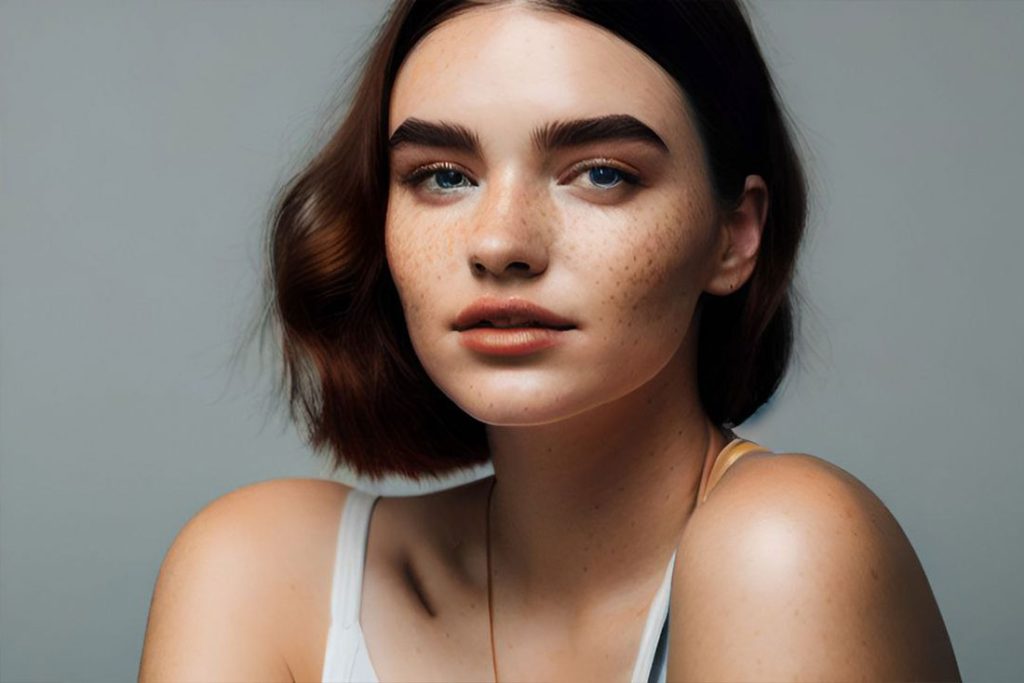Principle 2 of Hair Design: Balance

Defining Balance in Hair Design
At its core, balance in hair design can be likened to the scales of justice, a representation of equilibrium. However, unlike the static nature of scales, hair design is dynamic. It involves movement, layers, and depth, where balance can be about the equivalence of visual weight or the strategic offsetting of elements to create an appealing contrast.

Symmetrical Balance: The Mirror Effect
Symmetrical balance hinges on replication. It’s like slicing an apple in half, with each side mirroring the other.
- Central Axis of the Face: The heart of symmetry in hair design lies at the central axis of the face. This imaginary line, which vertically bisects the face, acts as the reference against which the two halves of a hairstyle are gauged.
- Perfect Replication: In symmetrically balanced hairstyles, both sides echo each other. Whether it’s the volume, length, or positioning, everything is a carbon copy of the other side.
- The Classical Look: Symmetrical balance exudes a sense of order, tradition, and stability. It’s often seen in classical hair designs, where the aura of elegance and refinement shines through.


Asymmetrical Balance: A Dance of Dichotomies
Defying the predictability of symmetry, asymmetrical balance brings forth an element of surprise. It’s about offsetting elements in a manner that, though not identical, achieves an equilibrium in visual weight.
- Breaking the Mold: Asymmetrically balanced hairstyles break away from the mold of mirroring. Here, different lengths and volumes coexist in a harmonious alliance.
- Strategic Placement: The beauty of asymmetry is in its strategic placement. It can be horizontal, with one side of the hairstyle being shorter or longer than the other, or diagonal, introducing a dynamic play of angles and directions.
- Modern and Edgy: Asymmetrical hairstyles often radiate a contemporary and avant-garde feel. They’re chosen by those looking to make bold statements and showcase individuality.


Incorporating Balance in Hair Design
Achieving the right balance, be it symmetrical or asymmetrical, is paramount for any successful hair design. Factors such as the client’s face shape, features, and personal preferences play a role in determining the type of balance to pursue.
- Face Shape and Balance: The shape of the client’s face can guide the hairstylist’s decisions. For example, round faces might benefit from asymmetrical designs that elongate and add angles, while those with angular faces might find symmetrical hairstyles more flattering.
- Personal Preferences: While technicalities matter, a client’s comfort and personal style preference can dictate the balance chosen. Some might lean towards the timeless allure of symmetrical designs, while others might gravitate towards the edgier asymmetrical looks.
Conclusion
Balance, in its myriad forms, remains at the heart of hair design. Whether it’s the classic charm of symmetrical designs or the dynamic allure of asymmetry, understanding and incorporating the principle of balance ensures hairstyles that aren’t just visually captivating but also deeply resonant with the client’s persona. As with all forms of art, hair design is a journey, and balance paves the path to perfection.






